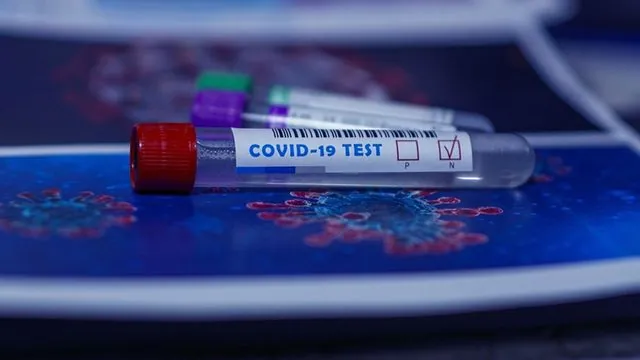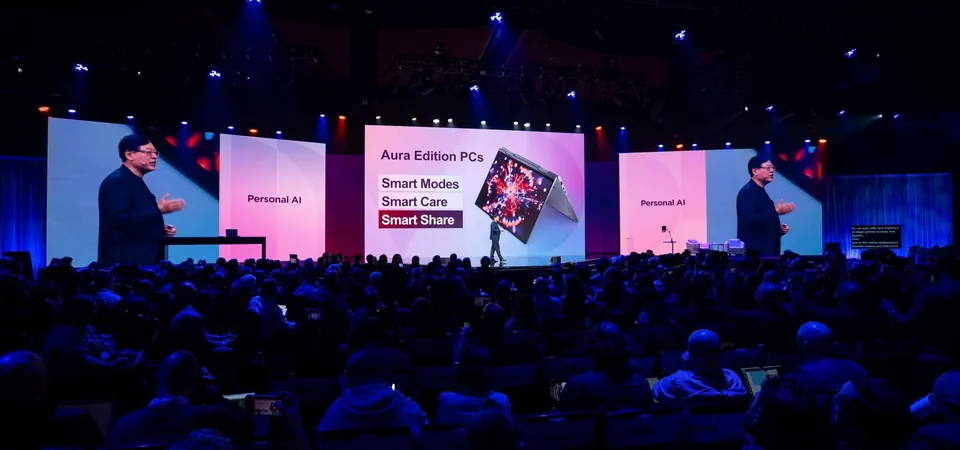
Revolutionary Treatment for Bone Loss Tested in Space: Are We One Step Closer to Curing Osteoporosis?
2024-09-26
Author: Wei
Revolutionary Treatment for Bone Loss Tested in Space: Are We One Step Closer to Curing Osteoporosis?
In an exciting breakthrough, orthopedic surgeon Chia Soo and her husband, orthodontist Eric Kang Ting, have initiated groundbreaking research that could hold the key to combating bone loss—both in space and on Earth. The duo, previously affiliated with the University of California, Los Angeles (UCLA), has taken their innovative treatment to new heights by testing it on mice aboard the International Space Station (ISS).
The inspiration struck when NASA Deputy Director Julie Robinson visited UCLA, discussing the possibilities for researchers to collaborate with NASA astronauts on significant scientific inquiries. "It was like a revelation," Soo recalled, emphasizing the potential for their work on bone development to be applied in microgravity environments where bone density loss is a known issue for astronauts.
Working with the Center for the Advancement of Science in Space (CASIS), Soo and Ting received a grant to test a specific molecule they had developed, aimed at counteracting the loss of bone density—a condition that typically affects astronauts after extended periods in space. "Our goal is to maintain bone health in astronauts so that when they return to Earth, they don’t suffer from conditions like bone fragility," Soo added.
The researchers have extensive backgrounds in addressing craniofacial anomalies in children, but their journey began in the 1980s when Ting discovered the role of the Nell-1 protein in bone growth while studying unilateral coronal craniosynostosis. Following years of research, they determined that injecting this protein could help restore bone volume and combat osteoporosis in animal models.
To scale their experiment for space, challenges arose—specifically, the requirement for frequent injections every two days. This called for an innovative solution. In collaboration with bioengineer Benjamin Wu from UCLA, they modified the NELL-1 protein to prolong its effectiveness in the bloodstream, ultimately leading to the creation of BP-NELL-PEG. This new compound showed promising results on Earth before heading to the ISS.
The moment of launch was tense and exhilarating. After a delay due to weather, the team successfully sent their specially engineered mice into space atop a SpaceX rocket. "It was the coolest thing in the world," Soo exclaimed, still in awe of the whole experience. Astronauts Peggy Whitson and Jack Fisher administered the treatment to the mice in space, while a parallel experiment was conducted on Earth.
Upon return, the treated mice remained healthy and robust, demonstrating no significant bone loss, unlike their untreated counterparts. This remarkable finding not only suggests a viable treatment for space-induced osteoporosis but also presents promising implications for treating conditions here on Earth.
Experts have taken notice of this innovative approach. Michael Roberts, Chief Scientific Officer at the ISS National Lab, praised the study, eagerly anticipating the progression of clinical trials for BP-NELL-PEG, which could lead to pivotal advancements in osteoporosis treatment.
Currently, Soo and Ting are analyzing the data from their experiments and exploring potential links between bone and brain health, given that Nell-1 has been previously associated with brain development. However, their primary focus remains the urgent need for effective treatments for children with craniofacial conditions.
As they continue their research, the couple emphasizes the importance of collaboration—both in science and marriage. "Our basic research is intertwined with how we met," Ting said, highlighting the unique connection that fuels their passion for discovery and healing.
With their sights set on the future, Soo and Ting are on the cusp of potentially transforming treatment methods for both astronauts and children suffering from debilitating conditions, making us wonder: could this be the dawn of a new era in medical science?





 Brasil (PT)
Brasil (PT)
 Canada (EN)
Canada (EN)
 Chile (ES)
Chile (ES)
 España (ES)
España (ES)
 France (FR)
France (FR)
 Hong Kong (EN)
Hong Kong (EN)
 Italia (IT)
Italia (IT)
 日本 (JA)
日本 (JA)
 Magyarország (HU)
Magyarország (HU)
 Norge (NO)
Norge (NO)
 Polska (PL)
Polska (PL)
 Schweiz (DE)
Schweiz (DE)
 Singapore (EN)
Singapore (EN)
 Sverige (SV)
Sverige (SV)
 Suomi (FI)
Suomi (FI)
 Türkiye (TR)
Türkiye (TR)